Body Scan Meditation: A Simple Guide to Calm Sleep
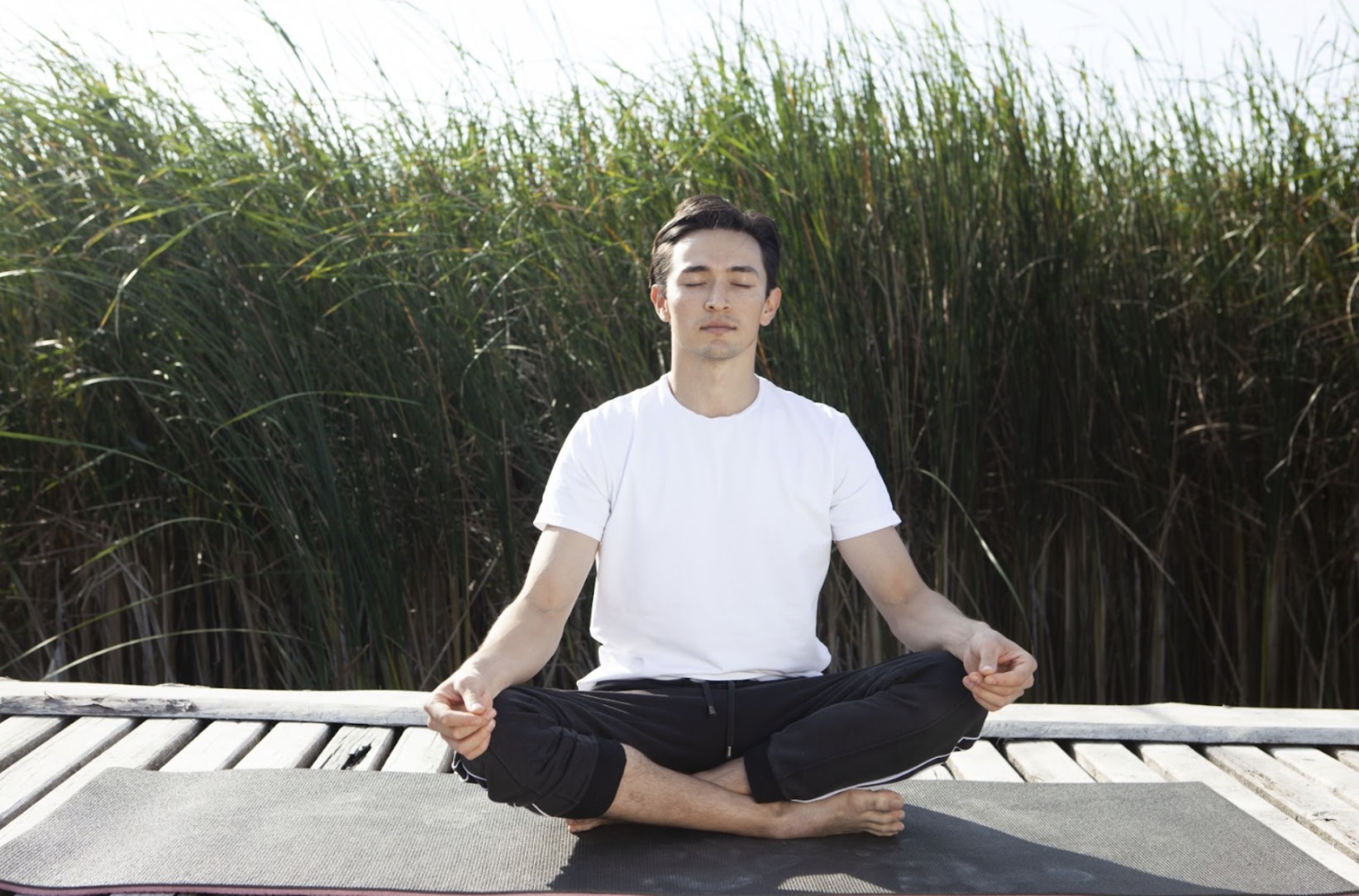
Quick Summary
Body scan meditation is one of the simplest ways to bring mindfulness into daily life. People often search for it when stress feels heavy, when sleep is out of reach, or when they want to reconnect with their bodies. This article explains what body scan meditation is, how to practice it step by step, and why guided audios can be especially helpful for beginners. You’ll also find the main benefits, research evidence, and common pitfalls to watch out for.
- Definition: Body scan meditation as part of mindfulness practice, rooted in MBSR
- Benefits: Stress relief, better sleep, anxiety reduction, pain management
- Practice: Step-by-step guide, posture tips, and variations in length
- Guided Support: Audio resources, scripts, and app-based options
- Evidence: Research showing both benefits and limitations
Introduction
You lie in bed, exhausted yet unable to drift off. Or maybe your shoulders ache after hours at a desk while your mind refuses to slow down. This is where body scan meditation comes in. Rather than forcing your thoughts to “be calm,” the practice gently guides your awareness through the body, one area at a time. It’s simple, accessible, and requires nothing more than a few minutes and a quiet space. For many beginners, a guided body scan meditation provides clear instructions that make it easier to stay present without slipping into distraction.
What Is Body Scan Meditation?
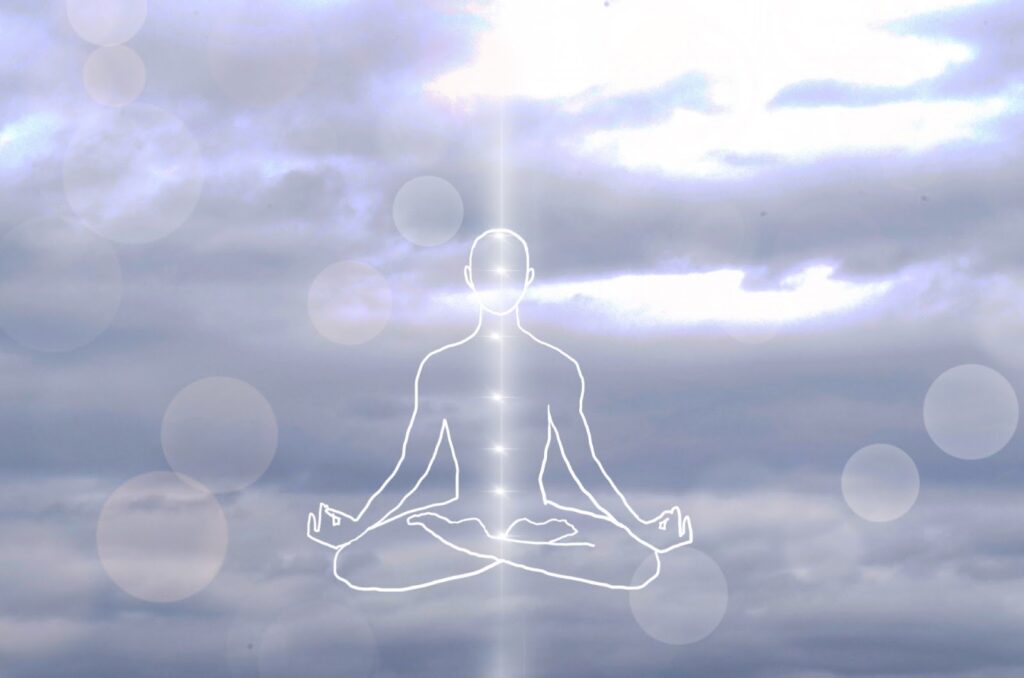
Body scan meditation is a mindfulness practice where you pay slow, steady attention to sensations throughout the body. It often starts at the feet and moves upward—through the legs, torso, arms, and head. You might notice tension, warmth, tingling, or even numbness. The key is to observe without judgment, allowing you to become more aware of how your body feels in the present moment.
The method became widely known through Jon Kabat-Zinn’s Mindfulness-Based Stress Reduction (MBSR) program in the late 1970s. In this program, the body scan was introduced as a way to reduce stress and manage chronic pain. Unlike progressive muscle relaxation, which alternates between tensing and releasing muscles, the body scan emphasizes noticing sensations without trying to change them.
That makes it both grounding and mindful: grounding because it reconnects you with your body when your mind feels scattered, and mindful because it trains non-judgmental awareness of what’s happening right now. Today, body scan meditation is practiced in therapy settings, workplaces, and homes around the world—often supported by guided audios and apps that walk you gently through each step.
How to Do Body Scan Meditation (Step-by-Step Guide)

The beauty of body scan meditation is its simplicity. You don’t need incense, special cushions, or hours of spare time. What you need is a quiet space, a few minutes, and the willingness to notice what’s already there. Here’s a gentle step-by-step way to try it:
- Find a comfortable position
Most people prefer lying on their back with arms at the sides. If lying down makes you too sleepy, sitting upright in a chair works just as well. - Close your eyes and breathe naturally
Take a few slow breaths to settle in. Feel the rise and fall of your chest or the soft touch of air at the tip of your nose. - Begin at the feet
Bring awareness to your toes, soles, and heels. Notice warmth, tingling, or pressure. There’s no need to change anything—just notice. - Move upward slowly
Shift attention to ankles, calves, knees, thighs. Then move through the hips, stomach, and chest, spending a few breaths in each spot. - Scan the upper body
Notice sensations in shoulders, arms, and hands. Then continue to the neck, jaw, face, and finally the crown of the head. - Pause where there’s tension
If you find tightness or discomfort, acknowledge it. Breathe gently into it, and let your awareness soften around it. - Finish with whole-body awareness
After scanning each part, take a moment to sense the body as one. Feel the weight of being here, grounded and calm.
How long should it take?
A full body scan takes 10–20 minutes, but even a 5-minute scan can help. Many people like guided audios, especially before bed, to keep their focus steady. Free recordings from UCLA Health or Mindful.org are excellent places to start.
Tips for beginners:
- If your mind wanders, gently bring it back to where you left off.
- Don’t judge sensations as “good” or “bad”—they’re simply signals.
- Try practicing at the same time each day; bedtime is a common choice.
Body scan meditation isn’t about emptying your mind. It’s about practicing gentle attention, moment by moment. Over time, this simple practice builds a deeper calm that shows up both in and outside of meditation.
Benefits of Body Scan Meditation
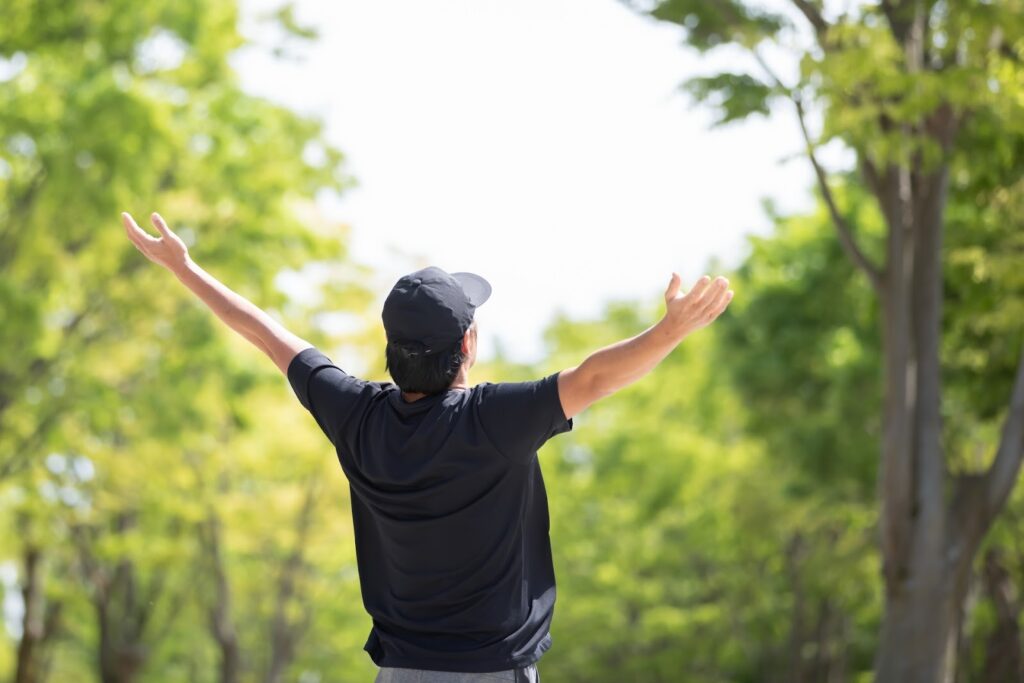
Many people come to body scan meditation because they want to ease stress, sleep better, or calm their anxiety. And when they keep practicing, they often notice small but meaningful changes—like a bit more space to breathe, a sense of lightness in the body, or simply feeling more at ease. Here are some of the most commonly experienced benefits:
1. Stress reduction
When the mind is crowded with worries, bringing attention back to the body can feel like releasing a weight you didn’t know you were carrying. Noticing that your shoulders or jaw were tight—and then allowing them to soften—can make stress feel less overwhelming. For example, Verywell Mind notes that this method is particularly useful for people who carry tension in their shoulders, jaw, or stomach. Research shows that mindfulness practices, including body scan meditation, can lower cortisol (the stress hormone) and support relaxation.
2. Better sleep
On restless nights, many people try a body scan in bed. As you move attention from your feet upward, your breathing deepens and the body slips into “rest mode.” The Sleep Foundation highlights that mindfulness-based practices like the body scan can improve sleep quality and shorten the time it takes to fall asleep. Even a short guided audio can sometimes be enough to help when insomnia strikes.
3. Anxiety relief
When anxious thoughts spin endlessly, the body scan gently anchors you in the present. Instead of chasing “what ifs” about the future, you return to the simple sensations of your feet, your chest, your breath. The U.S. National Center for Complementary and Integrative Health (NCCIH) notes that mindfulness techniques including the body scan can help reduce anxiety symptoms and support emotional balance.
4. Chronic pain management
Pain is tough to live with. But shifting from “fighting” pain to “observing” it can change how it feels. Over time, this practice often reduces the suffering that comes with pain, even if the pain itself doesn’t vanish. In the MBSR program, body scan meditation has long been used as a way to support people managing chronic pain.
5. Heightened body awareness
How often do you really listen to your body in daily life? Regular body scans help you tune in to your heartbeat, your breathing rhythms, or the subtle tension in your muscles. This awareness doesn’t just relax you—it deepens your connection to yourself and builds emotional intelligence.
Important note: While many studies show positive results, researchers also emphasize that body scan meditation is not a cure-all. Some meta-analyses suggest that the effects are moderate and depend on consistency of practice. For some individuals, especially those with trauma or severe insomnia, professional guidance is recommended.
Summary
The effects are different for everyone. Some notice a shift after just a few sessions; for others, the real changes come with steady practice. What matters most is not chasing results but giving yourself time to “listen inward.” That ongoing attention becomes the foundation for calm and resilience, both in the body and in the mind.
Scientific Evidence: What Studies Say

The popularity of body scan meditation isn’t just based on tradition—it’s backed by growing scientific interest. Researchers have explored how it affects stress, sleep, pain, and overall well-being. The evidence is encouraging, though not without limits.
1. Stress and emotional regulation
Body scan meditation was a central practice in Jon Kabat-Zinn’s original Mindfulness-Based Stress Reduction (MBSR) program. Clinical trials show that MBSR, including the body scan, reduces stress and improves emotional balance. A Harvard Health review notes that mindfulness meditation—including body scans—can lower psychological stress and help people manage daily challenges.
2. Sleep improvement
A study in JAMA Internal Medicine found that mindfulness meditation, including the body scan, improved sleep quality in older adults with moderate sleep problems. Participants reported fewer insomnia symptoms and better rest compared to a control group.
3. Anxiety and depression
Evidence supports body scan meditation for easing anxiety and depression. A meta-analysis by Khoury et al. reported that mindfulness-based interventions including body scans reduced these symptoms, with moderate effect sizes.
4. Chronic pain management
Studies show body scan meditation can shift how pain is perceived. Patients with chronic conditions like fibromyalgia or back pain experienced reduced pain intensity and improved coping.
5. Sensory awareness
Even a short session can sharpen body awareness. Research from the University of Manchester found that brief body scans improved tactile perception and reduced sensory errors.
6. Limitations of the evidence
Not all studies show strong or lasting effects. A systematic review in Applied Psychology: Health and Well-Being — “The effects of body scan meditation: A systematic review and meta-analysis” — concluded that practicing body scan meditation alone may bring only limited benefits. More consistent and stronger outcomes tend to appear when body scans are part of broader mindfulness programs and practiced regularly.
Summary: Science suggests body scan meditation reduces stress, helps with sleep, eases anxiety, and enhances body awareness. But it’s not a cure-all—its power grows with consistency and when practiced as part of a bigger mindfulness routine.
Guided Body Scan Meditation: Scripts and Audio Resources
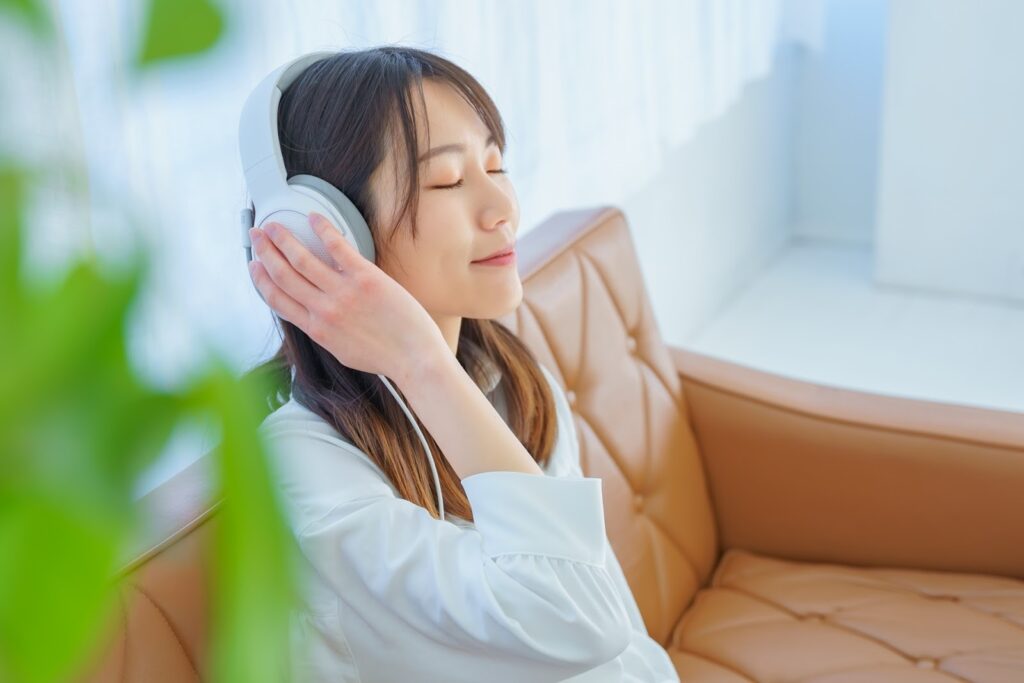
For many beginners, following a guided body scan meditation makes the practice much easier. A gentle voice offering instructions helps keep focus from drifting, especially when the mind is busy or when you are using the meditation before sleep. Today, there are many high-quality free and paid resources available online.
1. Guided audio sessions
Listening to audio recordings is the most popular way to experience body scan meditation. Trusted organizations like UCLA Health provide free guided sessions ranging from 5 to 30 minutes. Mindful.org also offers downloadable recordings that can be practiced anytime. These audios walk you through the process step by step, ensuring you stay present with each body part.
2. Scripts for self-guided practice
Some practitioners prefer to read a body scan meditation script aloud or record their own voice to play back. Scripts usually follow a standard sequence: starting with the feet, moving through the body, and finishing with overall awareness. Sites like PositivePsychology.com provide sample scripts that can be adapted to personal style. Creating your own recording allows you to set the tone, pace, and length according to your needs.
3. Apps with guided body scan meditations
Mobile apps make the practice more accessible on the go. Headspace and Calm both include guided body scan meditations in their libraries. The Gassho app does not provide music or videos specifically for body scan meditation, but it supports practices that integrate chanting, breath, and mindfulness—helping beginners build a deeper connection with body and mind in daily life.
4. Choosing the right length
- Short body scan meditation (5–10 minutes): Ideal for work breaks or moments of tension.
- Standard practice (15–20 minutes): Provides a full-body reset, often used in MBSR programs.
- Extended sessions (30+ minutes): Helpful for deep relaxation, chronic pain management, or before sleep.
5. Tips for guided practice
- Use headphones for fewer distractions.
- Experiment with different voices and pacing to see what feels most soothing.
- Try practicing at the same time daily to build consistency.
Guided body scan meditation is not about perfection—it is about learning to return attention gently to the body whenever the mind wanders. With scripts and audios readily available, anyone can start this practice today without special equipment or prior experience.
Applications: Using Body Scan Meditation in Daily Life

Body scan meditation is flexible—it can be practiced in just a few minutes or extended into a longer session, depending on your needs. Here are some of the most common ways people use it in daily life:
1. As a bedtime ritual
Many people practice body scan meditation for sleep. Lying down in bed, guided audio can help the body relax and prepare the nervous system for rest. This approach is especially helpful for people who struggle with racing thoughts at night. Research shows that mindfulness-based practices, including the body scan, improve sleep quality and reduce insomnia symptoms.
2. During stressful workdays
A short body scan meditation at work can be a reset button. Taking 5–10 minutes at your desk—or even in a quiet meeting room—helps relieve muscle tension from sitting and clears mental clutter. Many workplaces now offer mindfulness breaks, and the body scan is often chosen because of its simplicity and effectiveness.
3. Managing anxiety in daily life
For those dealing with anxious thoughts, practicing body scan meditation for anxiety helps bring attention away from mental loops and back to the present body. By noticing sensations without judgment, people learn to interrupt cycles of worry. Even a few minutes can help ground you when anxiety spikes.
4. Pain management and body awareness
Chronic pain sufferers sometimes find relief by using the body scan. The practice does not remove pain, but it can change how it is experienced. Observing sensations with curiosity rather than resistance helps reduce suffering and improve coping strategies. Hospitals and clinics often include body scan meditation as part of pain management programs.
5. As a mindfulness booster anytime
Body scan meditation is not limited to stress or sleep. It can be used as a quick mindfulness exercise before meals, after exercise, or when transitioning between tasks. A 5-minute body scan meditation is a practical way to check in with your body and reset focus.
6. Integrated with other practices
Some people combine body scan meditation with yoga, breathing exercises, or progressive muscle relaxation. The scan provides a mindful foundation, while other techniques add movement or breath control.
Practical tip: Try different times of day. Some find mornings best for setting a mindful tone, while others prefer evenings to unwind. Experiment with short and long versions to see what supports your lifestyle.
Limitations and Cautions

While body scan meditation is safe for most people and offers many benefits, it is not a universal solution. Understanding its limitations helps set realistic expectations and ensures safe practice.
1. Not a quick fix
Body scan meditation can reduce stress and promote relaxation, but it usually requires consistent practice to see lasting effects. A single session may bring temporary calm, but research shows that regular mindfulness training is more effective for long-term improvements.
2. May not work for everyone
Some people find body scan meditation difficult or even frustrating, especially at the beginning. Sitting or lying still can make restlessness more noticeable. Others may struggle with boredom or feel discouraged if they don’t experience immediate results.
3. Trauma and emotional sensitivity
For individuals with post-traumatic stress disorder (PTSD) or a history of trauma, directing attention to the body can sometimes trigger distressing memories or sensations. In such cases, it is best to practice under professional guidance or with modifications.
4. Physical discomfort
People with chronic pain may find certain areas of the body difficult to observe without judgment. While body scan meditation can support pain management, it should not replace medical treatment. If pain worsens during practice, it is important to pause and adjust.
5. Sleep caution
Using a body scan meditation for sleep is helpful for many, but some individuals may become overly alert instead of relaxed. If this happens, a shorter guided session earlier in the evening may work better than practicing in bed.
6. Complementary, not a cure
Body scan meditation is not a substitute for professional medical care, therapy, or medication. It should be considered a supportive tool rather than a stand-alone treatment.
In summary: Body scan meditation is gentle and safe for most people, but it requires patience, consistency, and sometimes professional guidance. Being aware of its limits allows practitioners to benefit without unrealistic expectations.
Conclusion
Body scan meditation is one of the simplest ways to bring mindfulness into everyday life. By slowly guiding attention through the body, it opens space for relaxation, self-awareness, and calm. People use it for stress relief, better sleep, and managing anxiety—and research shows it can also support chronic pain and sharpen body awareness.
At the same time, experts remind us that it’s not a magic fix. The greatest benefits come with steady practice, often as part of a broader mindfulness routine.
For beginners, starting with a guided body scan audio can make the first steps easier. Over time, many people move toward self-guided scans, adjusting the length and pace to fit their own lives. Even a five-minute pause during a work break or before bed can make a noticeable difference.
In the end, you don’t need a retreat or special equipment to experience the benefits. Just a few minutes of noticing the body can remind you that calm and clarity aren’t far away—already here in your body, quietly waiting for your attention.
Frequently Asked Questions
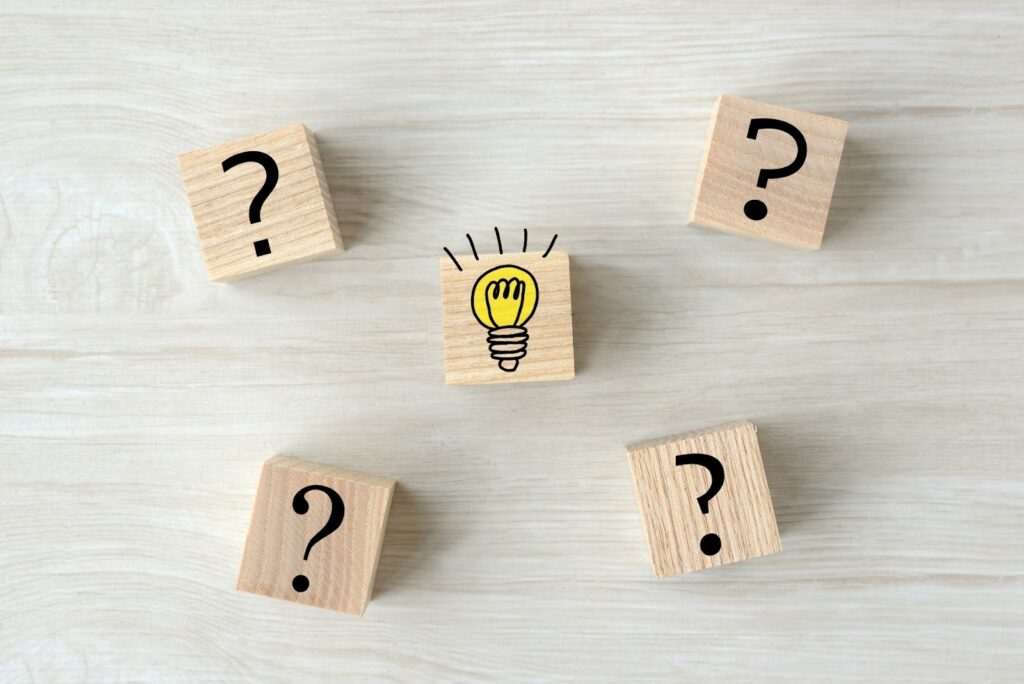
FAQ 1: What is body scan meditation?
Answer: Body scan meditation is a mindfulness practice where attention is guided through the body step by step, noticing sensations without judgment. It often starts from the feet and moves to the head. Unlike progressive muscle relaxation, it does not require tensing or releasing muscles, but rather observing the body as it is.
Real Results: Harvard Health highlights body scan meditation as a core part of mindfulness programs shown to reduce stress and anxiety.
Takeaway: A simple scan of the body can bring you back to the present moment.
FAQ 2: How long should a body scan meditation session last?
Answer: The length varies. Beginners often start with 5–10 minutes, while standard practices last 15–20 minutes. Some extended sessions may go up to 40 minutes, especially in therapeutic contexts like MBSR. The key is consistency rather than duration. Short sessions can still provide meaningful relaxation.
Real Results: Mindful.org notes that even 10-minute practices can effectively calm the nervous system.
Takeaway: Duration matters less than the habit of showing up.
FAQ 3: Can I practice body scan meditation while lying down?
Answer: Yes, lying down is the most common posture. It allows for deeper relaxation, especially before sleep. However, some people may fall asleep unintentionally. Sitting upright is an alternative if alertness is desired. Both positions are valid and can be adapted to personal preference.
Real Results: UCLA Health provides free lying-down guided body scan recordings, often recommended for sleep support.
Takeaway: Choose the posture that supports your intention—rest or alertness.
FAQ 4: Does body scan meditation help with sleep?
Answer: Yes, many people use it as a bedtime ritual. By scanning and releasing tension, the practice reduces overthinking and prepares the nervous system for rest. It can shorten sleep latency and improve overall quality.
Real Results: A JAMA Internal Medicine study found mindfulness practices, including body scan meditation, improved sleep in older adults with insomnia.
Takeaway: A gentle scan before bed can be the bridge to restful sleep.
FAQ 5: What are the benefits of body scan meditation for anxiety?
Answer: Body scan meditation grounds awareness in physical sensations, interrupting cycles of anxious thought. By observing without judgment, people reduce rumination and develop resilience. While not a replacement for therapy, it is a safe and supportive tool.
Real Results: NCCIH reports that mindfulness practices like the body scan help reduce anxiety symptoms and support emotional regulation.
Takeaway: Anxiety eases when attention returns from the mind to the body.
FAQ 6: Is there scientific evidence for body scan meditation?
Answer: Yes, numerous studies support its effects on stress, sleep, and pain. Clinical trials show benefits, though results vary. Some reviews caution that body scan meditation alone may not consistently improve clinical outcomes but works best as part of broader mindfulness training.
Real Results: A review in Applied Psychology: Health and Well-Being (Visited et al., 2015) found moderate effects, emphasizing consistent practice.
Takeaway: Evidence is promising, but body scan works best as part of a bigger mindfulness toolkit.
FAQ 7: How is body scan meditation different from progressive muscle relaxation?
Answer: Progressive muscle relaxation (PMR) involves tensing and releasing muscles to induce relaxation. Body scan meditation instead observes sensations without actively changing them. PMR is more physical, while body scan is more about mindful awareness. Both reduce stress but in different ways.
Real Results: Verywell Mind distinguishes PMR as an active relaxation exercise, compared to the passive awareness of body scanning.
Takeaway: PMR changes sensations, body scan observes them.
FAQ 8: Can I do a short body scan meditation at work?
Answer: Absolutely. A 5–10 minute body scan during breaks can release muscle tension and reset focus. Many people close their eyes, scan from feet to head, and return to work calmer. It’s discreet and requires no equipment.
Real Results: APA notes that even brief mindfulness practices during work reduce stress and improve concentration.
Takeaway: A quick scan at work is like hitting reset on your mind.
FAQ 9: What is a guided body scan meditation script?
Answer: A script is a written version of the instructions a guide might give. It usually starts with relaxation cues, then moves attention systematically through the body. Scripts can be read aloud, recorded, or followed silently. They are ideal for beginners who prefer structure.
Real Results: PositivePsychology.com provides sample scripts that are widely used in mindfulness teaching.
Takeaway: A script is your roadmap through the body.
FAQ 10: Where can I find free body scan meditation audio?
Answer: Several reliable sources offer free audios. UCLA Health, Mindful.org, and Insight Timer host guided recordings. Many apps also provide free trials. It’s best to explore a few to find the voice, length, and pacing that feel most comfortable.
Real Results: UCLA Health has popular free body scan recordings used worldwide.
Takeaway: The right voice can make meditation effortless.
FAQ 11: Is body scan meditation safe for everyone?
Answer: For most people, body scan meditation is safe, but those who are emotionally sensitive or have a history of trauma should approach it with caution. If distressing feelings arise, professional guidance is recommended.
Real Results: Mindful.org – Overcome These Five Common Obstacles to Meditation discusses common obstacles such as restlessness and doubt, providing insights into how to practice meditation safely.
Takeaway: Meditation is generally safe, but awareness of one’s mental state is important.
FAQ 12: Can body scan meditation help with chronic pain?
Answer: Yes. Body scan meditation does not remove pain entirely, but it helps change the way pain is experienced and supports coping. It teaches awareness and a shift in response, which can reduce suffering.
Real Results: VA Caregiver Support – Body Scan Meditation: Awareness and Healing highlights how body scan meditation can help individuals recognize tension and stress sensations in the body and ease discomfort.
Takeaway: Pain may remain, but suffering can be eased through awareness.
FAQ 13: Should I use an app for guided body scan meditation?
Answer: Apps can be very helpful. They provide structured sessions, reminders, and a variety of voices and lengths. Popular apps like Headspace, Calm offer guided body scans. However, practicing without apps is also effective once you are comfortable.
Real Results: Headspace offers guided body scans that have helped millions establish consistent practice.
Takeaway: Apps are training wheels—useful, but not required.
FAQ 14: Can children practice body scan meditation?
Answer: Yes, children can practice body scan meditation when it is adapted to their age and attention span. Short sessions with simple language can help children develop focus, calm their emotions, and even prepare for sleep. Practicing together with a parent or teacher often makes the experience smoother and more engaging.
Real Results: Mindful.org – Body Scan for Kids offers an 11-minute guided body scan designed specifically for children. In addition, Green Child Magazine provides a full script that parents and teachers can use to guide children through the practice.
Takeaway: Short and gentle guidance makes body scan meditation accessible for kids.
FAQ 15: What are common mistakes in body scan meditation?
Answer: Common mistakes include expecting quick results, trying to push thoughts away, or judging yourself when the mind wanders. The practice is about gently returning attention to the body without self-criticism.
Real Results: Mindful.org – Overcome These Five Common Obstacles to Meditation explains how to handle inner obstacles such as restlessness and doubt. In addition, The Daily Meditation – Common Meditation Mistakes Beginners Make lists typical beginner errors and how to learn from them.
Takeaway: Don’t aim for perfection—mistakes are part of the learning process.
FAQ 16: How does body scan meditation improve mindfulness?
Answer: It trains attention and non-judgmental awareness. By observing the body systematically, practitioners learn to notice the present moment. This skill extends beyond meditation, improving focus and emotional resilience.
Real Results: A study in Psychiatry Research: Neuroimaging (Holzel et al., 2011) showed mindfulness practices, including body scan, increase brain regions linked to awareness and empathy.
Takeaway: Scanning the body sharpens the mind’s ability to stay present.
FAQ 17: Is it better to do body scan meditation in the morning or at night?
Answer: It depends on your goal. Morning practice can set a clear, focused tone for the day, while evening practice helps release tension and improve sleep quality. What matters most is consistency rather than timing.
Real Results: Sleep Foundation – Meditation for Sleep notes that body scan meditation as a nighttime ritual is particularly effective for improving sleep.
Takeaway: Morning brings clarity, night brings rest—pick what you need most.
FAQ 18: Can body scan meditation reduce stress immediately?
Answer: Many people feel calmer after a single session, with slower breathing and less muscle tension. However, long-term stress resilience requires consistent practice.
Real Results: Harvard Health Blog reports that mindfulness meditation can ease stress and anxiety even in the short term, while also improving sleep.
Takeaway: One session can help, but lasting calm comes with consistency.
FAQ 19: Do I need experience with meditation before trying body scan?
Answer: No prior experience is necessary. Body scan meditation is often recommended as an entry point for beginners because it provides a structured process. Guided audios are especially helpful for first-timers.
Real Results: Mindful.org – Beginner’s Body Scan Meditation presents a guided body scan designed for newcomers to mindfulness.
Takeaway: Start where you are—the body scan meets you there.
FAQ 20: How does body scan meditation compare with mindful breathing?
Answer: Both are mindfulness practices but with different focuses. Mindful breathing centers on the breath, while body scan explores physical sensations. Some people find body scanning more engaging, others prefer breathing. Both can be combined.
Real Results: APA notes that body scan and mindful breathing are equally effective in lowering stress when practiced consistently.
Takeaway: Breath or body—the path to presence is the same.
FAQ 21: How long does it take to feel the benefits?
Answer: The timing varies from person to person. Some people feel relaxed after the very first session, while others notice reduced stress or better sleep only after several weeks of practice. The key is to keep observing without rushing.
Real Results: A study published in JAMA Internal Medicine reported that six weeks of mindfulness practice improved sleep quality and reduced insomnia symptoms.
Takeaway: Benefits often arrive quietly—the more consistently you practice, the more noticeable they become.
FAQ 22: When is body scan meditation most helpful?
Answer: Many people use body scan meditation when they feel tired after work, during a relaxing bedtime routine, or when anxiety makes it hard to settle down. It works well as a small daily reset, making it easier to keep up as a habit.
Real Results: The Sleep Foundation notes that practicing body scan meditation at night as part of a regular routine can improve sleep quality.
Takeaway: Use body scan meditation as a “small pause” in daily life to make it sustainable.
Related Articles
- Sleep Foundation – Meditation for Sleep
Overview of how mindfulness practices like body scan meditation can improve sleep quality and reduce insomnia. - Verywell Mind – Body Scan Meditation: Benefits and How to Do It
Comprehensive guide explaining what body scan meditation is, its benefits, and practical tips for beginners. - UCLA Health – Free Guided Meditations
A trusted library of free audio recordings, including guided body scan meditations of different lengths. - Mindful.org – Body Scan Meditation Script
Practical step-by-step script and audio for guided practice, suitable for both beginners and experienced meditators. - PositivePsychology.com – Body Scan Meditation Sample scripts and research-backed explanations of body scan meditation and its role in mindfulness programs.
- Begin and End Your Day with Guided Meditation
An article that explains the benefits of guided meditation (with narration) for nights when sleep feels out of reach. Perfect for beginners who want simple, supportive guidance. - Finding Calm in the Rain
This piece introduces gentle mindfulness practices to ease seasonal stress, including tips on body scan meditation and how to use it for calm in daily life.
